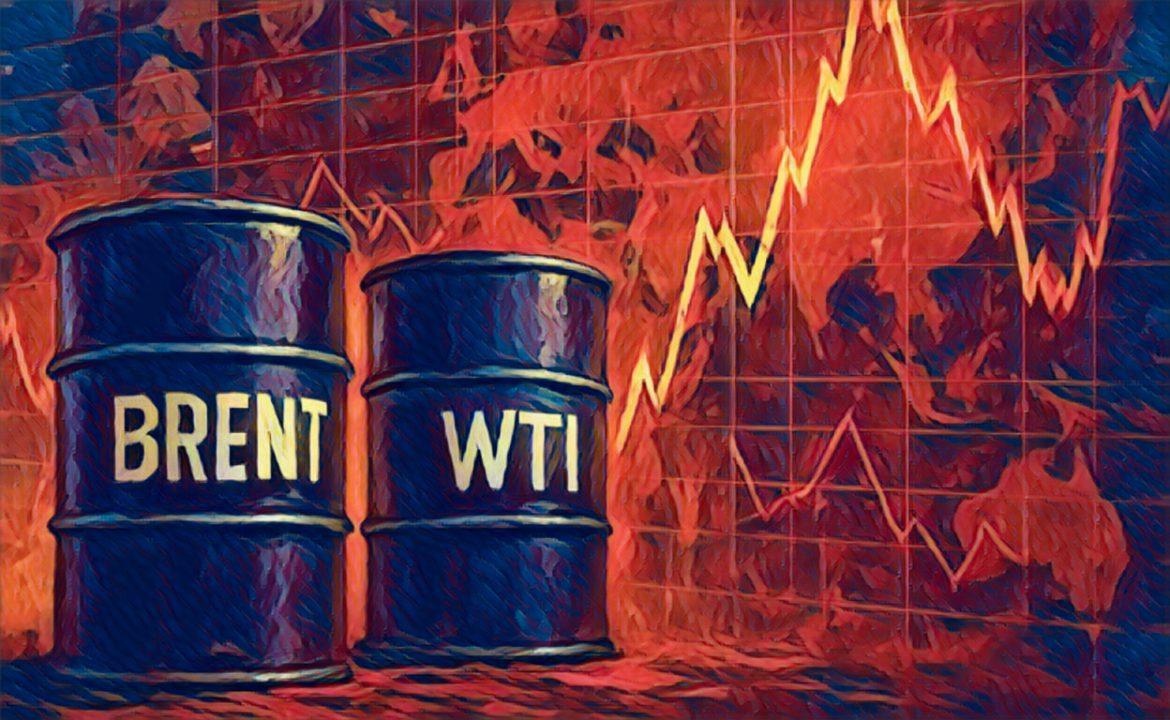KEY POINTS
- Brent and WTI fell more than 1 per cent as global crude inventories rise.
- OPEC+ to raise output by 137,000 barrels per day in December, stoking glut fears.
- IEA and World Bank warn of oversupply risks amid weakening demand.
Oil prices fell on Wednesday as fresh signs of oversupply rekindled market fears of a global glut, dragging Brent crude below $64 per barrel and pushing West Texas Intermediate (WTI) below $60.
Brent crude futures lost 92 cents, or 1.43 per cent, to trade at $63.52 a barrel, while WTI dropped 96 cents, or 1.59 per cent, to settle at $59.60. The declines came after the US Energy Information Administration (EIA) reported a 5.2 million-barrel increase in crude inventories to 421.2 million barrels last week.
The latest build-up in stockpiles added to a growing sense that global supply is beginning to outpace demand, even as consumption remains soft across key markets.
However, stronger-than-expected demand for petrol helped to limit deeper losses, with gasoline inventories dropping by 4.7 million barrels to 206 million barrels, suggesting that motorists are still spending despite economic headwinds.
OPEC+ Output Plan Adds to Oversupply Concerns
Market sentiment took another hit after the Organisation of the Petroleum Exporting Countries and its allies, known as OPEC+, confirmed plans to increase crude output by 137,000 barrels a day in December, before pausing further additions in the first quarter of 2026.
Analysts say the decision could worsen existing market imbalances, particularly as new production flows from the Middle East and North America continue to swell global supply.
Canada’s latest budget, unveiled by Prime Minister Mark Carney, hinted that the country might abandon its emissions cap on oil and gas, a move that could further unlock production and intensify pressure on prices. The shift marks a significant policy reversal for one of the world’s top crude exporters, coming at a time when markets are already oversaturated.
Kazakhstan, another OPEC+ member, reported a 10 per cent fall in crude output to 1.69 million barrels per day in October, though the figure still exceeds its official production quota.
Meanwhile, the International Energy Agency (IEA) warned in its October outlook that the coming months could see a sharper-than-expected oversupply, citing “soaring output and weak consumption growth.” It estimated that oil on water surged by 102 million barrels in September equivalent to 3.4 million barrels per day, the largest jump since the COVID-19 pandemic.



